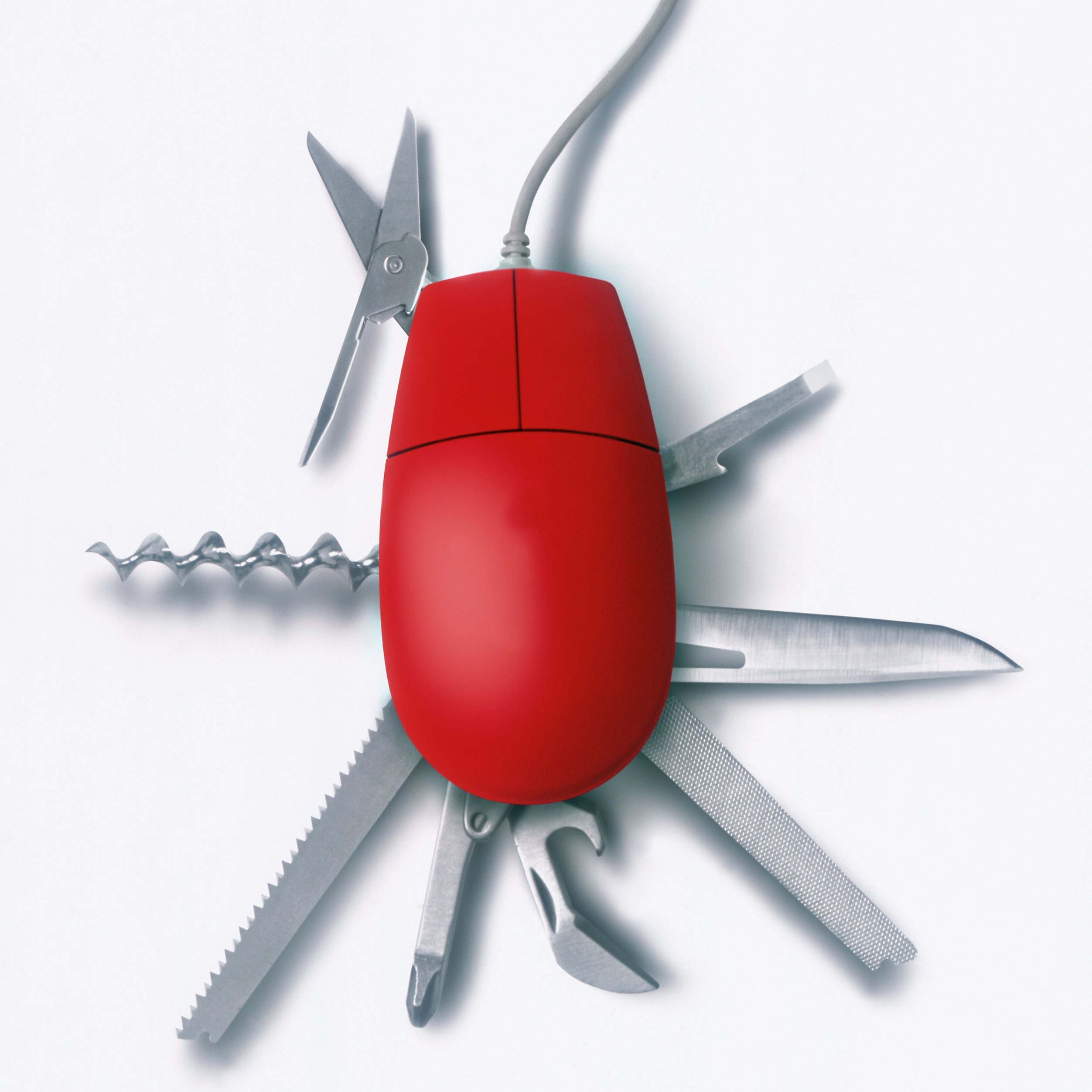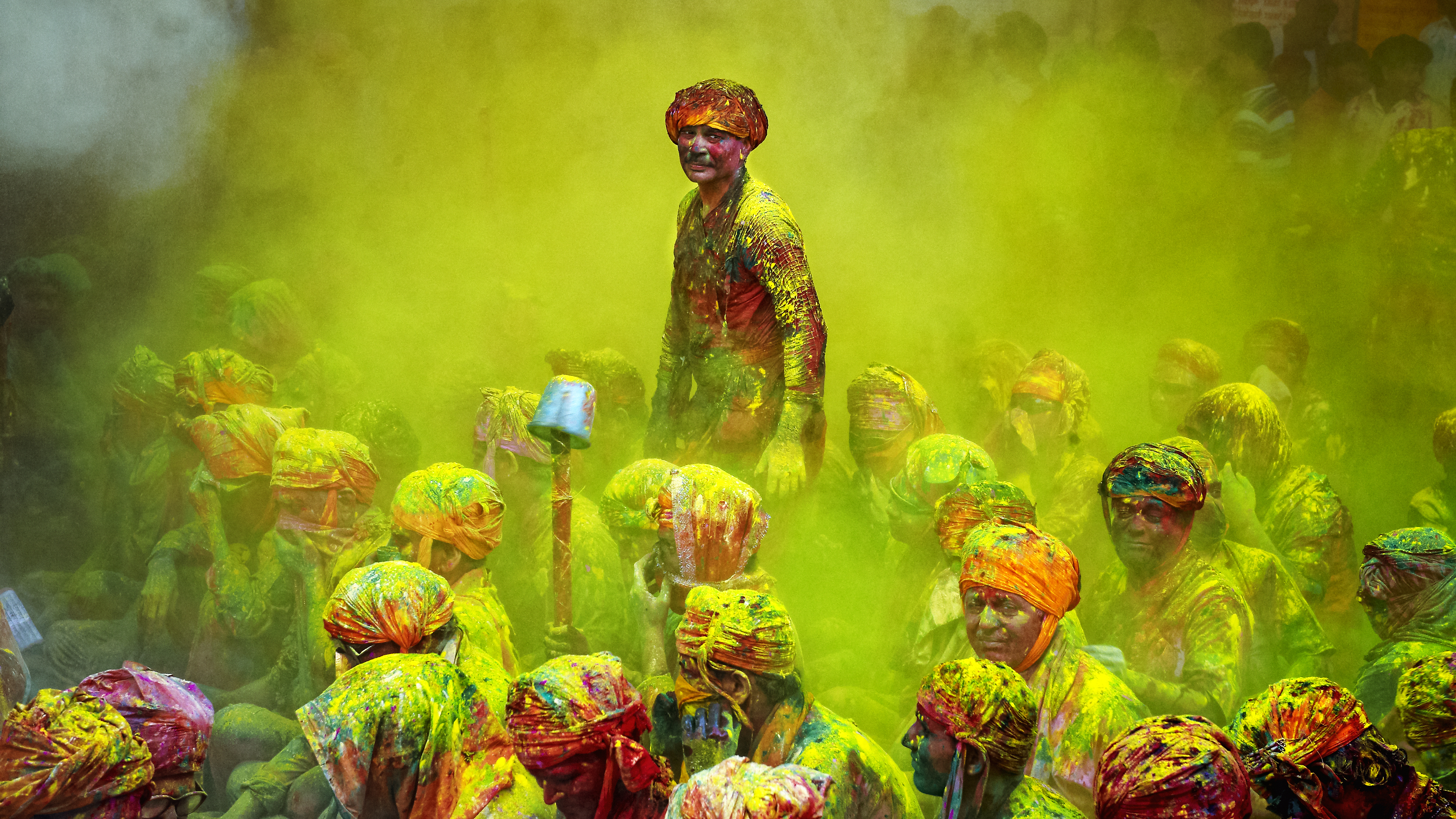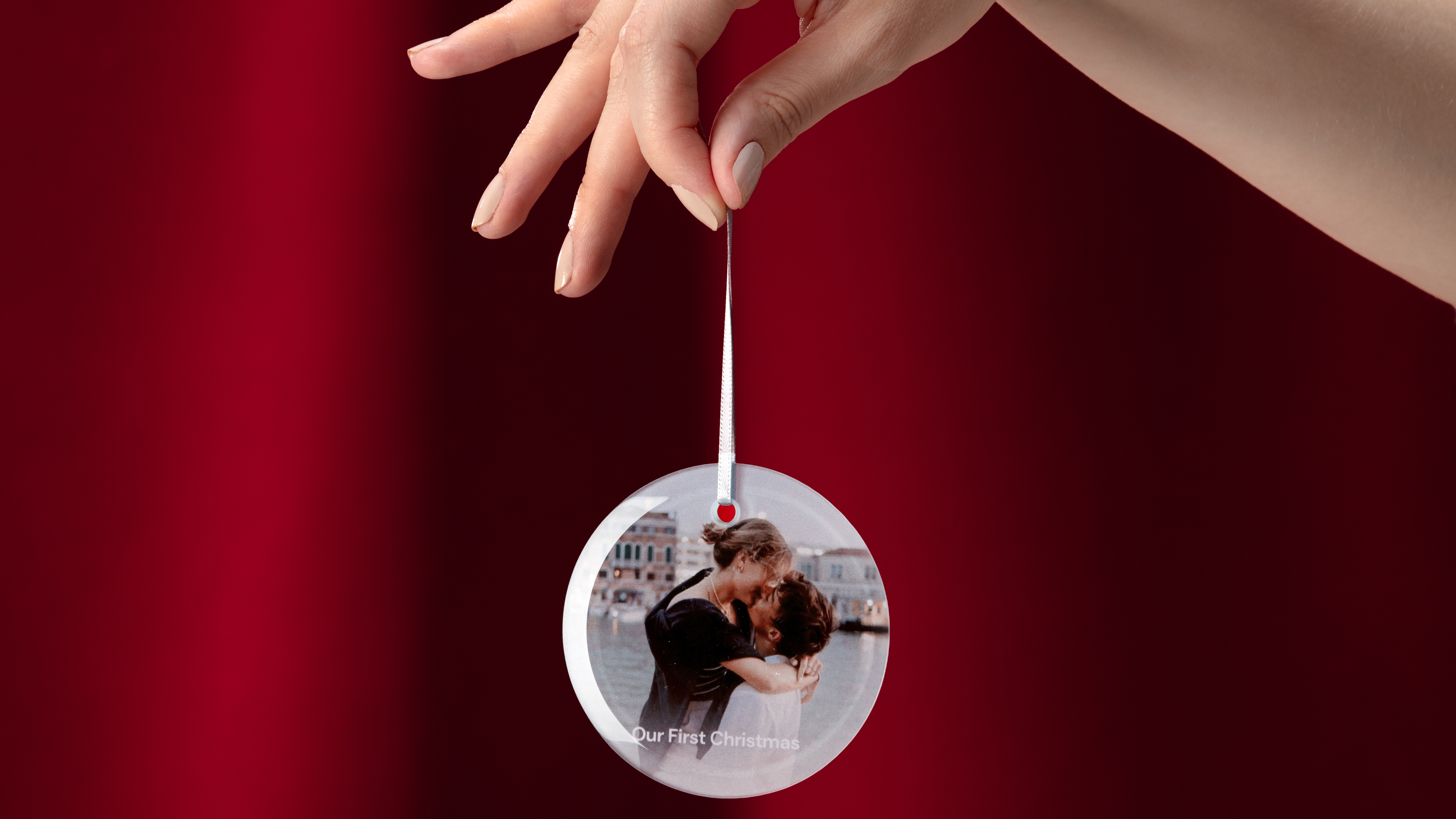How to attract top talent to your agency (and keep it)
Six ways to ensure your design agency is firing on all cylinders.
Recruitment can be one of the toughest parts of running a successful design agency. There are so many factors involved, and it's a big responsibility – especially when you're still a relatively small, new business.
You'd think it would be easy to recognise when more staff members are required for your agency. It's when you have more work than your existing team can handle, right? Not necessarily. Growing a team has a little to do with capacity, and everything to do with capability.
Success hinges on finding the right people. You don't want more of the same skills; you want to be able to expand the amount of work you can handle, while at the same time developing the type of work you do – and the way to do that is through smart management and team building.
Read on for six gems of advice to help you attract the best talent for your design agency – and keep it.
01. Consider people who can expand your offer

The first few people you hire should be for the skills your current setup lacks; not just more hands. If you and your existing team have the creative design skills nailed, then bring in someone to handle things like new business development and client relationships, leaving you to direct the creative.
If your need is purely capacity-based and is immediate – in that you need more people to do the same work – then consider hiring freelance staff. More hands means freeing up the creative directors in your team, enabling them to focus on bigger ideas, pitching and new projects.
But hang on to those who make themselves indispensable. Freelancers might cost more to get in full-time, but if they bring the necessary skills, complement your team's existing skill sets and fit with the general studio vibe, then try to get them on a contract. It'll be far cheaper than recruiting.
Daily design news, reviews, how-tos and more, as picked by the editors.
02. Always try to hire people better than you

Employ people who are better than you and your existing team. Why? Because they will share their skills, bring others up to their level, benefit the entire studio culture and drive your business forward.
It may seem obvious, but it's surprising how many employers allow a superiority complex get in the way. But you need to swallow your ego for the greater good.
Watch out for their ego too, though. This might be hard to spot in an interview scenario, but be sure to avoid hiring the type of person who will look to dominate and dictate to your existing team, or throw a creative strop when asked to create artwork for a relatively lowly piece of signage. Always have new starters on a trial period for this reason.
Talent spotting isn't as easy as it seems, and a portfolio ultimately proves little more than execution. Assess character and look out for people who display the 'three Es': education, energy and a degree of eclecticism.
03. Master the art of interviewing properly

Finding candidates and carrying out interviews can be stressful on both sides of the table, but turn it into a rewarding process and your whole studio will benefit.
The crucial first step is to get the job description spot-on: outline the role, the key challenges and skills required, and the employee's position in the studio before inviting anyone in for interview. This will weed out anyone vastly unsuitable, as well as making sure the candidate know they're letting themselves in for.
Portfolios are crucial when hiring for creative roles, of course – but they can only teach you about an applicant's skills in execution and finishing. An in-depth discussion about the work will provide insight, and give you a chance to understand how they think.
Many designers baulk at the idea of a 'design task', seeing it as working for free or worrying about the legal implications if they are under an exclusive contract. However, getting a designer to narrate their process gives a strong idea of their working methods and helps you pick out talent from the crowd.
04. Pay your team fairly and transparently

Once you've found the perfect person for the job, the next challenge is keeping hold of them. All design agencies have some degree of staff turnover – it's inevitable – but there are things you can to to encourage loyalty.
Any employee who is any good will be offered opportunities and reasons to leave. But there are ways to reduce the risk of losing key people.
Financial reward is the number one reason for staff members becoming disillusioned and looking for new opportunities. If you're not paying market rate, then you won't be able to keep good creatives. Review your salary bands at regular intervals throughout the year.
Be transparent with your salary banding as well. That means paying similar salaries to those undertaking similar roles. If you have two account managers with varying income levels, chances are you'll lose one very quickly. Be honest and open about how you pay your staff.
05. Invest in your team's development

Show commitment to staff through training and development. That means conducting appraisals and pay reviews, and encouraging people to progress professionally wherever possible.
Offer at least one paid-for training opportunity a year. Remember that if you invest in the skill sets of your staff, it's the studio that benefits in the short term.
Foster time for your staff to take on creative challenges and become a sponsor. These could be local art events, self-initiated projects, or work for community or charity projects. Encourage your studio members to conduct their own projects and give them time to work on them.
06. Create a fun, inclusive studio culture

Make sure your studio is talked about as a fun and rewarding place to work. Take your staff for away days, Christmas excursions and summer holidays. Invite in guest speakers and interesting creatives to inspire them. Make competing studios envy your reputation for having a fun, creative and competitive culture.
Studios with a great atmosphere also have the highest levels of creativity – it's a fact. Whether your studio is big or small, and no matter what media you work with, the most successful teams are those that share a sense of purpose and drive.
There are lots of ways to foster a great studio culture. One is to make sure there are places where your team can get away from the computers – a lounge area, or a kitchen. This isn't just for taking quick breaks: places where people can have a quiet meeting, quick chat or just share a joke are important too.
Music can transform a studio's atmosphere, too. Make sure everyone who wants to can contribute to the playlist, so music never becomes a point of conflict. And try to have quiet areas of the studio too, where people can go to concentrate.
Related articles:

Nick has worked with world-class agencies including Wolff Olins, Taxi Studio and Vault49 on brand storytelling, tone of voice and verbal strategy for global brands such as Virgin, TikTok, and Bite Back 2030. Nick launched the Brand Impact Awards in 2013 while editor of Computer Arts, and remains chair of judges. He's written for Creative Bloq on design and branding matters since the site's launch.
